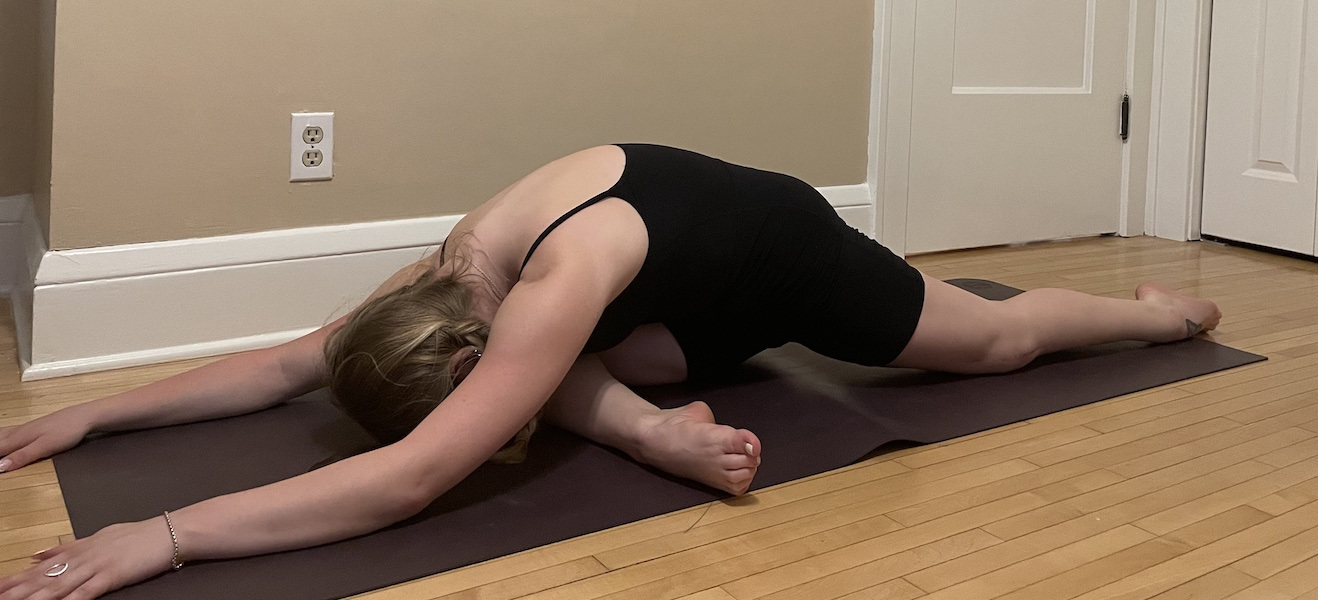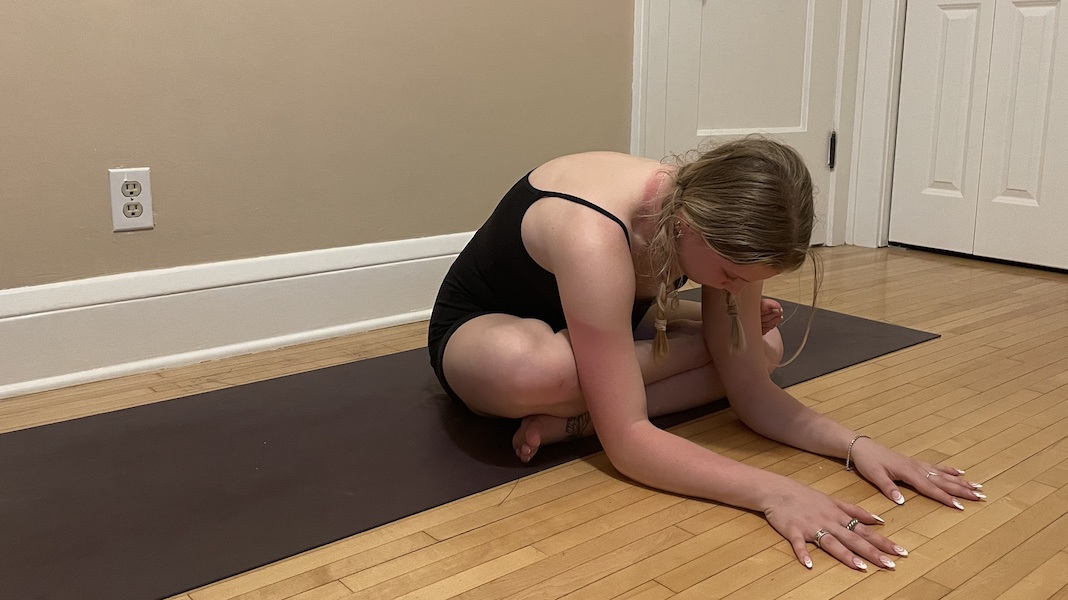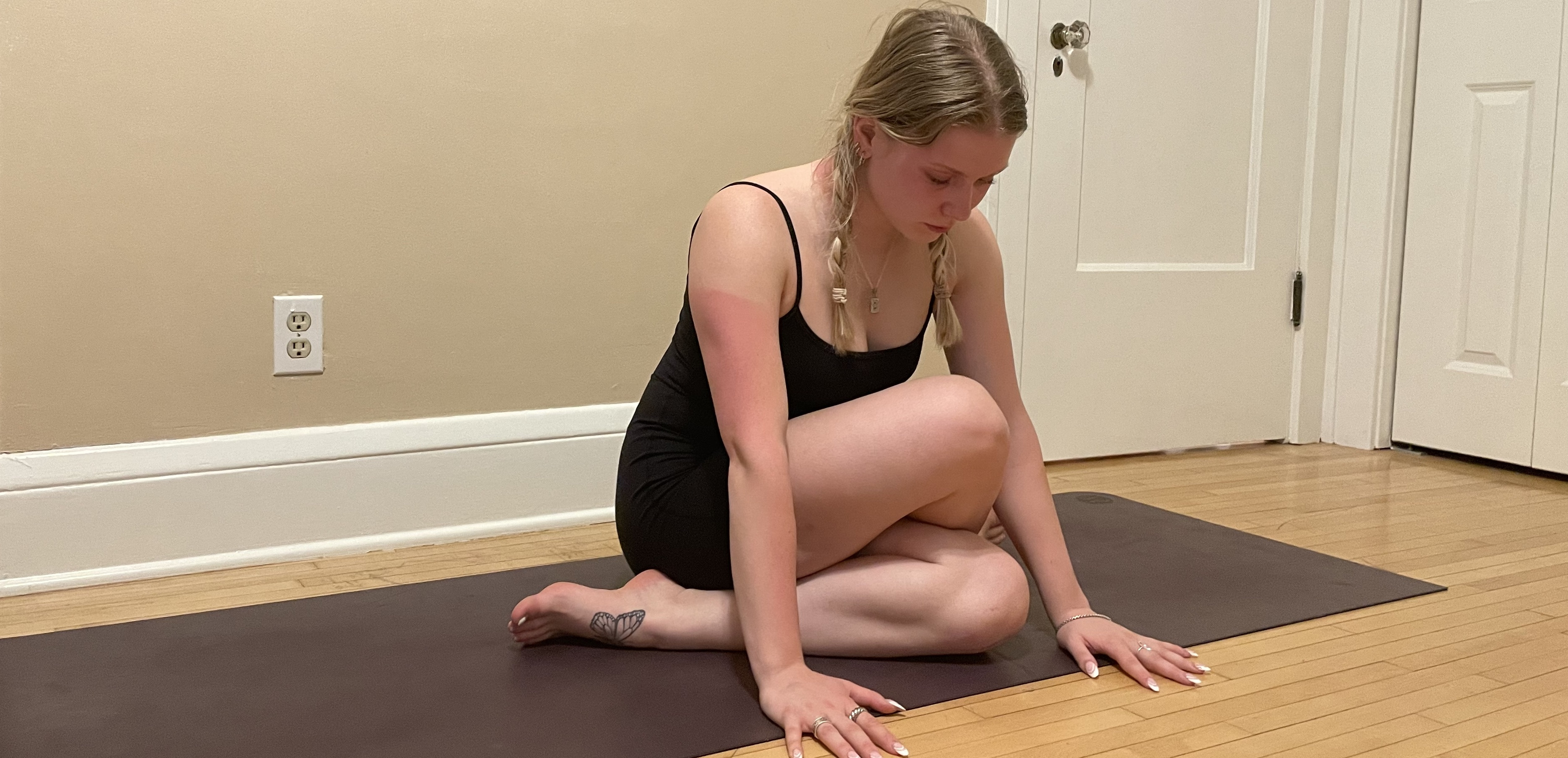
How to Practice Plant Spirit Meditation
Meditating and journeying with plant spirits is a powerful way to deepen your connection to ...
peterschreiber.media/Getty
Just as the body can get overheated, so too can the mind and heart. Emotions like anger, frustration, and jealousy are viewed in the Chinese medicine system as hot (or yang) emotions.
These emotions aren’t bad or wrong—they’re generally asking for a response of some kind. For example, there could be an injustice that needs addressing or perhaps an old trauma that is rising in order to heal. Maybe it’s time to leave a relationship or perhaps you’re being called to advocate for yourself or someone else. But if you act before you’ve fully digested the emotions, it’s possible you’ll regret your words or actions later.
Though yoga classes in the West do honor both yin and yang energies, most styles place more emphasis on increasing heat—and therefore yang energy—through engaging muscle. In life situations when more heat is the last thing you need, you can turn instead to a dedicated and cooling yin yoga session.
The trinity of postures below will target the outer hips and thighs, through which the liver and gallbladder (the yang partner to the liver) meridians flow. The liver is the holding place of hot emotions like anger and frustration. It is also responsible for digesting our lives and overseeing the healthy and continuous flow of energy throughout the body. This session will provide you with the space and opportunity to name, tame, and free any reactive patterns, resulting in more mindful decisions.
[Read: “The Spiritual Meaning of Pain in the Liver and Gallbladder.”]
Additionally, these postures will:
Move into this pose from a Table pose (hands and knees, flat back). Bring your right knee up to touch your right wrist, and then slide the right foot toward the left wrist. Stretch your left leg straight behind you, supporting yourself initially on your hands or forearms.

If this feels comfortable, you can come all the way down to your belly. However, it’s more important to find a place where you can stay and breathe for three to five minutes. You will feel the stretch primarily in the outer right hip and also in the hip flexor (psoas muscle) of the left leg.
Stay and breathe for three to five minutes. When you’re ready to move out, use an inhale to come back up to your hands.

From Swan pose, gently swing your left leg around to the front and place the left ankle on or near the right knee. You can either remain upright or fold forward to your hands or forearms.
Stay and breathe for three to five minutes. When you’re ready to move out, use an inhale to come back up to your hands.

Note: Yin yoga is traditionally a prop-free practice unless there is pain or injury. For many people, the left knee will not naturally rest all the way down on the right ankle. It is okay to let that space remain open, letting gravity do the work, unless this causes pain in your knees or hips. In this case, place a pillow or cushion under the left knee until it feels fully supported.

From Square pose, simply pull the left knee tighter over the right, crossing them like shoelaces. Though this targets a similar area as Square pose, the sensation will shift slightly. You may remain upright, or fold forward onto the hands or forearms for three to five minutes.

Repeat this full sequence on the left side. End with Savasana, anywhere from five to 15 minutes in length, to let your body integrate the changes.

Get this article and many more delivered straight to your inbox weekly.